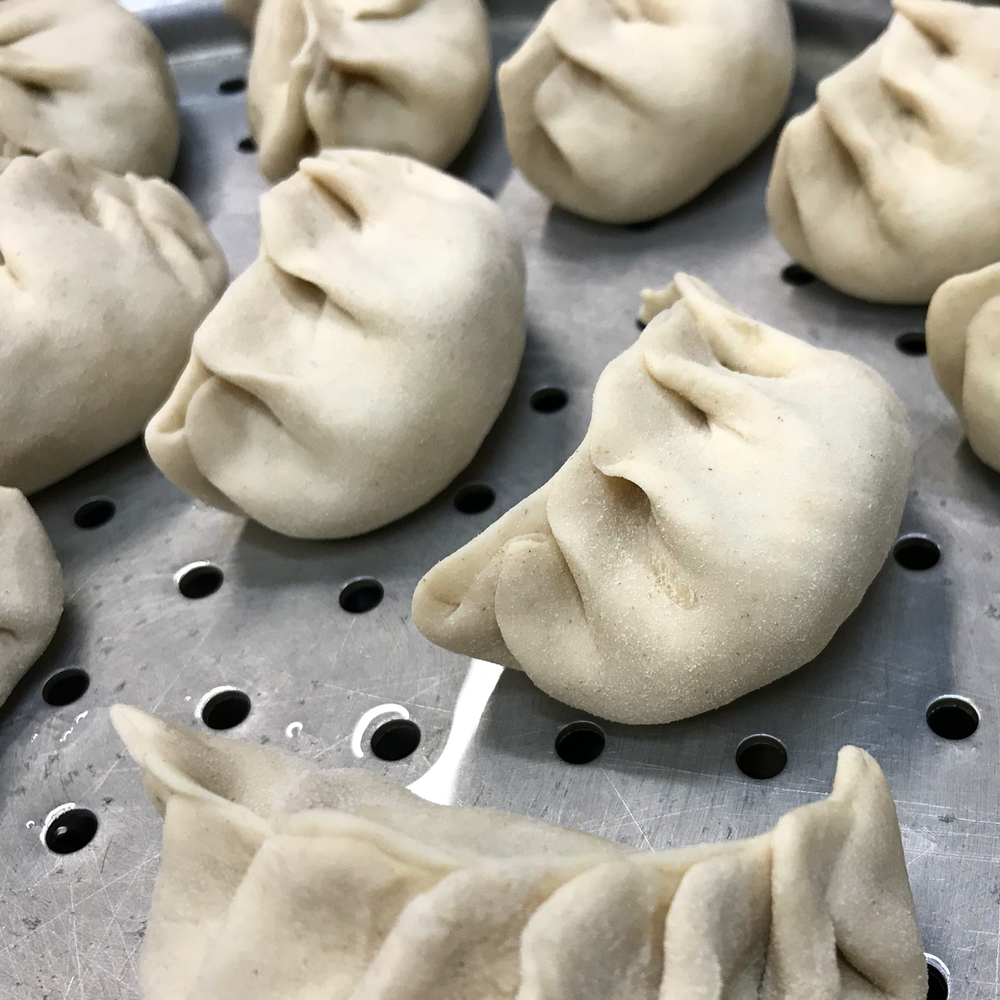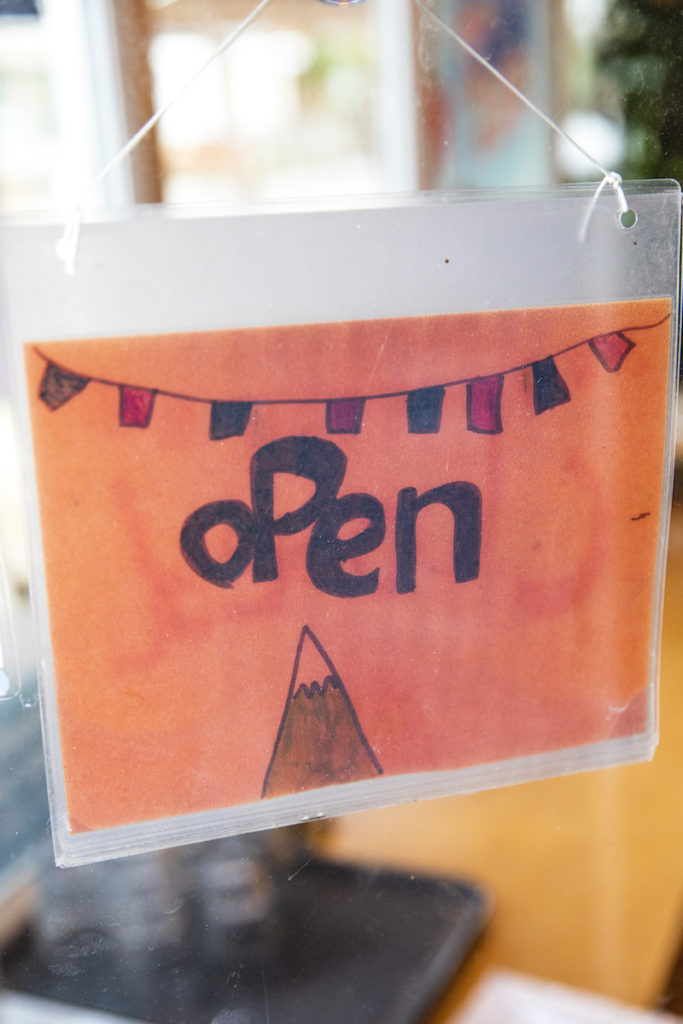
Our regular customers may think they know the answer, but let’s backtrack a little.
History and word origin
Momo is a Tibetan word to describe the kind of dumpling you see in the photo above (although the round shape is popular in Tibet too). Nepal has appropriated the term momo, and momos are now widely enjoyed here as well as across the border in India, but the root of the momo is on the Tibetan side of the Himalayan mountains.
And the momo has been travelling since long before Tibetan people left their homeland for India. It made inroads into Europe during and after the Mongols, gaining favour in Russia, the Ukraine, and Poland, the birthplace of the pierogi. The Afghans have their own versions too. Momos may rightly lay claim to being the furthest travelled of all foods.
What makes momos different from other dumplings?
Momo dumplings are steamed, rather than boiled, and this gives them a different appearance to most Chinese dumplings, and also a different texture and taste. When it comes to picking one out, however, it isn’t necessarily easy to tell a momo from other dumplings.
One difference is that they are made from wheat flour, and because of this they have a skin that is firm enough to be handled without breaking. This makes momos a great finger food, and Tibetan people always eat momos with their hands.
The perfect momo is easy to pick up, but ideally the skin is still delicate enough not to overpower the filling. Momos should hold a good deal of juice: the traditional meat filling is mixed with a little oil and water, and as the steam reaches the dumplings, the juices, perfumed with onion and garlic, liquefy into a delicious hot broth, which surges out on first bite.
How are momos best eaten?
Hands are definitely the best way, all the better for squidging the momo into sepen, Tibet’s ubiquitous chilli dip, for which every family has their own winning recipe. This is another thing that sets the Tibetan dumpling apart from others: Chinese people, after all, enjoy their dumplings with vinegar and soy sauce. Tibetan momos seem to be a perfect marriage for the brick red chilli that our customers have come to know and crave over the years.
The future of the momo
This bit is up to you. How much do you love them? Would you like to see them on your high street, to be able to eat them every lunch time?
In the US, with its large Tibetan immigrant population, momos are already making a name for themselves as today’s hot ticket. Two weeks ago 1,200 people congregated in Queens in New York to take part in the sixth annual Jackson Heights Momo Crawl. Participants sampled momos from 24 different restaurants and food trucks in the area, before voting in their winner.
With fewer than 1,000 Tibetan people in the whole of the UK, the momo has to work harder to be seen and sampled. We are making it our mission! Watch this space!
#tastetibet #tibet #momos #dumplings







